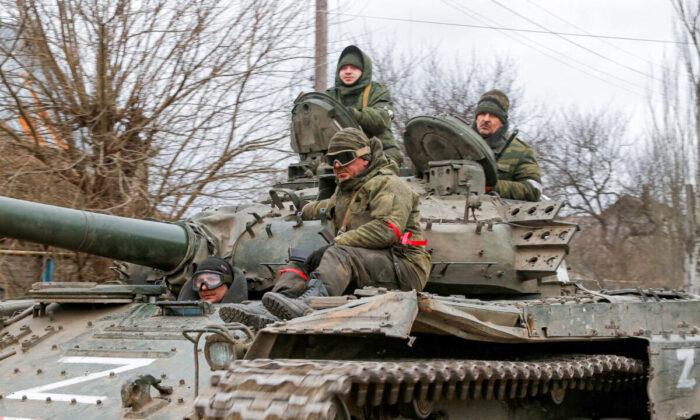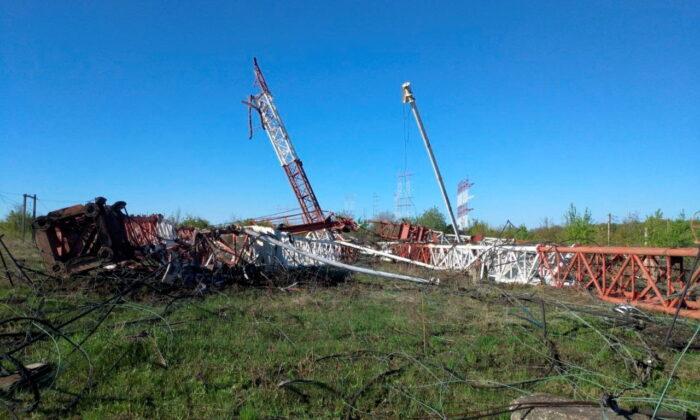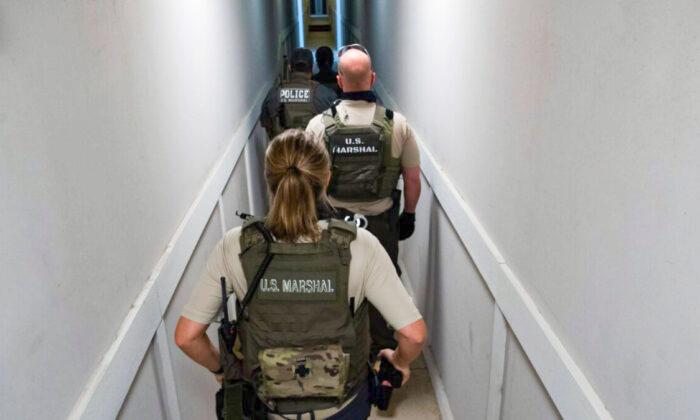The U.S. military has resumed operations against ISIS in northern Syria, six weeks after President Donald Trump abruptly issued an order for troops to withdraw from the region, according to reports.
Trump explained his decision to withdraw from the operation in a statement on Twitter on Oct. 7.
“The United States was supposed to be in Syria for 30 days, that was many years ago. We stayed and got deeper and deeper into battle with no aim in sight. When I arrived in Washington, ISIS was running rampant in the area. We quickly defeated 100% of the ISIS Caliphate including capturing thousands of ISIS fighters, mostly from Europe,” Trump wrote on Twitter.
The administration said later it decided to keep a residual force in the northeastern part of the country, focusing on preventing ISIS from staging a comeback and attacking the oilfields there.
The leader of the terrorist group, Abu Bakr al-Baghdadi, was killed on Oct. 26 during an American raid.
“Now I’ve got about 500 U.S. personnel generally east of the Euphrates river east of Deir al Zor up to Hasaka, northeast all the way up into extreme northeast Syria,” McKenzie said.
“It is our intention to remain in that position working with our SDF (Syrian Democratic Forces) partners to continue operations against ISIS down the Euphrates river valley where those targets present themselves,” he added.
Some 500 U.S. troops remained in the region to prevent the ISIS terror group from regaining access to oil fields, a crucial source of revenue for their operations.
Turkey launched and then halted an offensive against the YPG, the main component of the U.S.-backed SDF that fought side-by-side with U.S. troops to defeat ISIS. Turkey see the YPG as a terrorist group with links to Kurdish militants on Turkish soil.
Moscow, the main backer of Syrian President Bashar al-Assad, said this week it was also in the process of deploying more Russian military police to northeast Syria, setting up field hospitals for civilians, distributing humanitarian aid, and rebuilding infrastructure.
The news follows Vice President Mike Pence’s visit to Iraq last weekend, where he met with Nechirvan Barzani, president of the semiautonomous Iraqi Kurdistan region, and other leaders, and said that the Kurds know the United States stands with them even after the October withdrawal.
The Iranian ethnic group has pockets in Syria, Iran, Iraq, and Turkey.
“I don’t think there was any confusion now among the leadership here in the Kurdish region that President Trump’s commitment to our allies here in Iraq, as well as to those in the Syrian Defense Forces, the Kurdish forces who fought alongside us, is unchanging,” Pence told reporters.
“They know now that while President Trump is absolutely determined to bring our troops home—and that was the basis for the President’s decision in moving our troops out of the border region on the Syrian-Turkish border—that, nevertheless, we’re going to continue to maintain a presence in Syria and, of course, here in Iraq that reflects the strong and enduring partnership that we have with the Iraqi people, including the Kurdish people in Iraq and in Syria,” Pence said.
“We don’t have an end date,” he said.
Answering reporters’ questions on the threat the region still faces from ISIS, McKenzie said: “What we’re talking about are the pockets of people who represent the wreckage that followed in the wake of the caliphate.”
“They still have the power to injure, still have the power to cause violence.”





